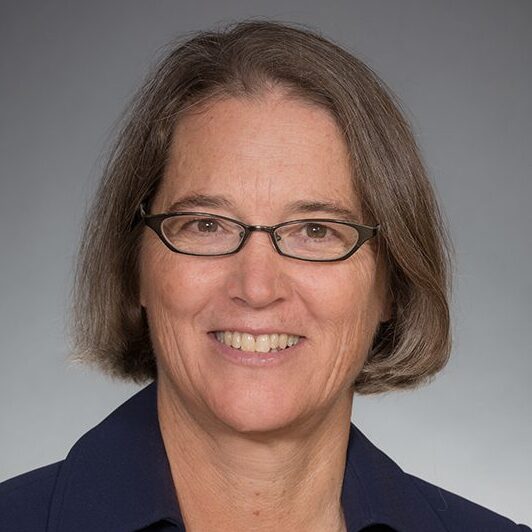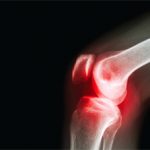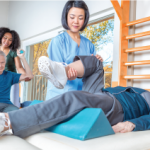 CHICAGO—Speakers at the ARP Year in Review session at ACR Convergence 2025 reviewed research that included discussions on enhanced patient care, disease risk factors, occupational therapy and more.
CHICAGO—Speakers at the ARP Year in Review session at ACR Convergence 2025 reviewed research that included discussions on enhanced patient care, disease risk factors, occupational therapy and more.
Incoming ARP President Kimberly Steinbarger, PT, MHS, DHSc, physical therapist and assistant professor at Husson University, Bangor, Maine, said she enjoys attending ARP’s Year in Review to hear speakers pitch must-read articles. “I am a fan of anything that helps me narrow down the options for my research consumption,” Dr. Steinbarger said. “I always make time for the Year in Review, and this year was no exception.”
Advanced Practice
Basia Belza, RN, PhD, FAAN, FGSA, de Tornyay Endowed Professor in Aging, School of Nursing at the University of Washington in Seattle, began the session with a look inside five key publications related to advance practice providers.
Guidelines were among the topics Dr. Belza discussed. “I just really think for all of our roles it’s really important to know what the current guidelines are,” she said. She discussed an article on guidelines to assist clinicians dealing with the management of lupus nephritis on such topics as screening and treatment decisions. “Very importantly, the recommendation should not be used to limit or deny access to therapies,” explained Dr. Belza, “but really as treatment decisions may vary due to the clinical situation as well as personal preferences.”
Dr. Belza also touched on issues related to the environment, models of care and the work force in rheumatology and telehealth. She encouraged those in the audience to find ways to add the environment into their conversations with patients, especially how to avoid exposure to harmful elements in daily life.
One takeaway on the work force in rheumatology that Dr. Belza provided from a conversation with the publication’s author is that trust, communication and support from leadership are key to effective team integration. Also, she noted that it’s important to allow for ramp-up time for nurse practitioners and physician’s assistants entering rheumatology. “They often need at least a year of training,” Dr. Belza offered, to acquire skills and knowledge needed in rheumatology, considering that patient cases are complex.
The use of telehealth blossomed during the COVID-19 pandemic “Now there’s a question about how we can help move it forward,” Dr. Belza said. Observation and feedback on actual telehealth sessions can improve efficiency and identify areas for change and improve website manner and other aspects of the patient online experience.





